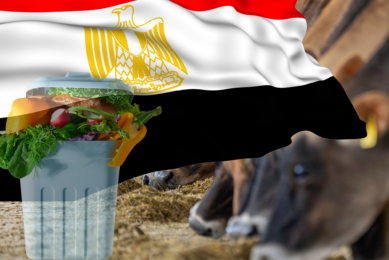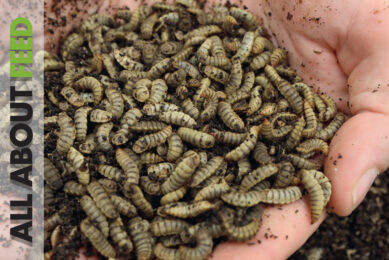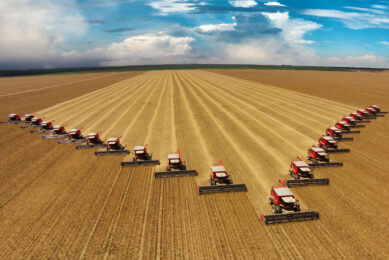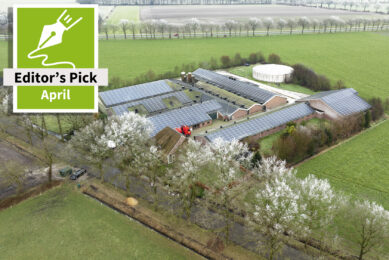Efficient and sustainable farming through technology
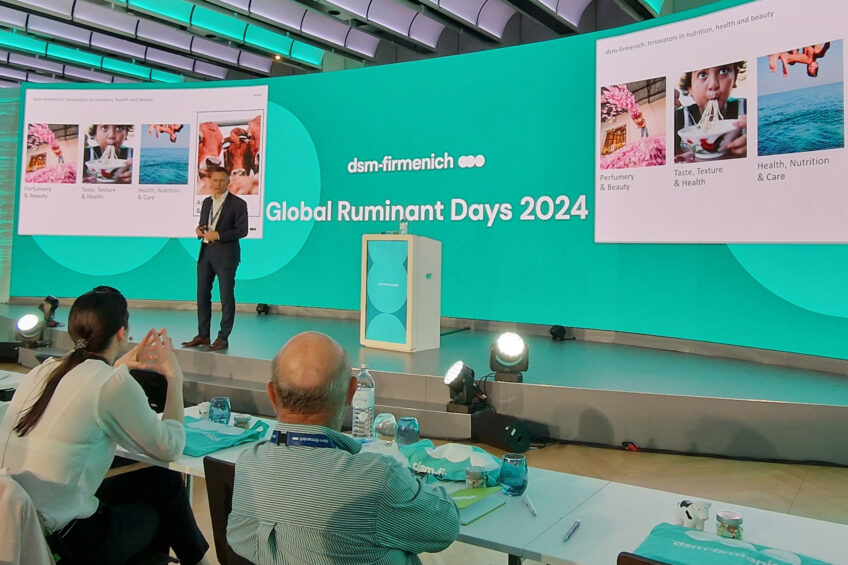
How can technology enable the industry to become more sustainable and efficient? That was the focus of the 2024 Global Ruminant days organised by dsm-firmenich animal health and nutrition held in Vienna, Austria.
According to Ivo Lansbergen president Animal Nutrition & Health, sustainability is based on 3 key elements:
- Affordable proteins
- A decent income for the farmers
- The value chain and taking care of the environment
Lansbergen: “Something can only be sustainable when consumers can afford it. We’ve seen what happens when the prices shoot through the roof. You see people deprived of food. Secondly, you don’t have a sustainable value chain if parts are not making money at all, at one point the system is going broke.”
The game is shifting, consumer decisions will not only be based on price and quality, but there will be a third element: the environmental footprint.
“The game is shifting”
Being sustainable as a business becomes more and more important. Lansbergen foresees that in the near future there will be even more pressure from the public and consumers to provide sustainable food products. “The game is shifting, consumer decisions will not only be based on price and quality, but there will be a third element: the environmental footprint. It’s just a matter of time that we’ll move from a 2-dimensional to a 3-dimensional purchasing decision.” Also, the increasing regulations, such as the new Corporate Sustainability Reporting Directive (CSRD) in the EU puts additional pressure on companies. Lansbergen explains that being sustainable is not only about doing good for the planet, it is also key for investment opportunities: “Potential investors are more likely to doing business with companies that rank higher on sustainability.”
We need to start measuring the footprint on farm level and create an incentive by making the environmental footprint part of the equation to supply milk or animal proteins.
Value chain must work together
Lansbergen: “It’s all interconnected, climate change, the fact that we are reaching the boundaries of our planet and economics. If you have droughts, what will happen? It will have direct impact on inflation, and therefore on consumer spending, affecting the total demand for proteins. Yield, climate change and economics are interconnected.”
To tackle these issues, it’s important to work together in the value chain and ‘give environmental food printing a face’, states Lansbergen. “We need to start measuring the footprint on farm level and create an incentive by making the environmental footprint part of the equation to supply milk or animal proteins. As long as there is no incentive in the value chain to improve, it will be an uphill battle.”
On farm data-collection becomes critical for retailers and the main food companies, since to reduce emissions, these companies rely on the farmers: “90% of the food and agriculture supply chain emissions are in Scope 3, these companies will not lower their emissions by switching their lights off, the biggest opportunity for emission reduction is at production level. Therefore, we need to make sure that farmers earn enough to do what is needed,” states Lansbergen.
Adoption of technology
What is needed, is to innovate faster, is the message of speaker Aidan Connolly, president Agritech capital: “The survivors in farming will be the ones who adopt technology fastest. You can say, – I don’t use ChatGPT because it’s imperfect. Let’s not use it. Let’s have somebody else try it for me. Wrong answer. You need to innovate faster. You need to work with the startups and embrace those technologies.”
The livestock industry is still behind in terms of new technologies according to Connolly many businesses changed, look at Uber or Netflix, however livestock farming still looks the same: “Even crop business is 10 years ahead of livestock farming, using precision farming to get information from the marketplace back to field in real-time. There is not that level of precision when it comes to livestock agriculture. I would say as we learn more, we’re realising how little we know.”
Luckily, innovation is moving forward and makes it possible to watch a cow ever minute of the day in real-time, to ensure wellbeing and health. Connolly expects that with this type of technology we will be seeing more and more on farms. “Imagine we can start analysing milk in real-time, that’s a game changer.”
Benefits do not come from data points but from the insights, shifting the focus from data to insights can circumvent data sharing challenges
How to unlock value from data?
It’s clear that technology and tools for data collection continue to evolve and innovate, but how are we going to manage all these data points? “By 2036 there will be 4 million data points on average per farm” says speaker Daan van der Zanden, senior manager solution strategy and transformation at Deloitte. He expects data becoming a key business driver e.g. for sustainability, compliance and certification, performance and for animal health and welfare. Therefore, accuracy, credibility and data management are key.
To unlock value, data needs to be shared, what asks for collaboration across the entire value chain, says van der Zanden. However, this seems to be complex, because of the data-sharing concerns. Organisations are concerned about giving away their competitive advantages or business sensitivities. According van der Zanden we need a shift in mindset: “Benefits do not come from data points but from the insights, shifting the focus from data to insights can circumvent data sharing challenges.” And even unlock more value when combining these insights with organisations surrounding you, adds van der Zanden.
How to start and implement this in practice? Van der Zanden brings up 3 points:
- First: Build a strong ecosystem that facilitates collaboration
- Second: Collecting and using accurate and verifiable data and make sure sticking to available sustainability guidelines.
- Third: Have an equally robust process
Van der Zanden: “Data is one, extracting value from it is second. And this goes beyond the borders of your own organisation, you need to have everything in order.”
The speaker emphasis once again that besides collaboration through the value chain it is it is necessary to act now: “Don’t sit on it, make sure that you’re in control and unlock the potential of your data.”




